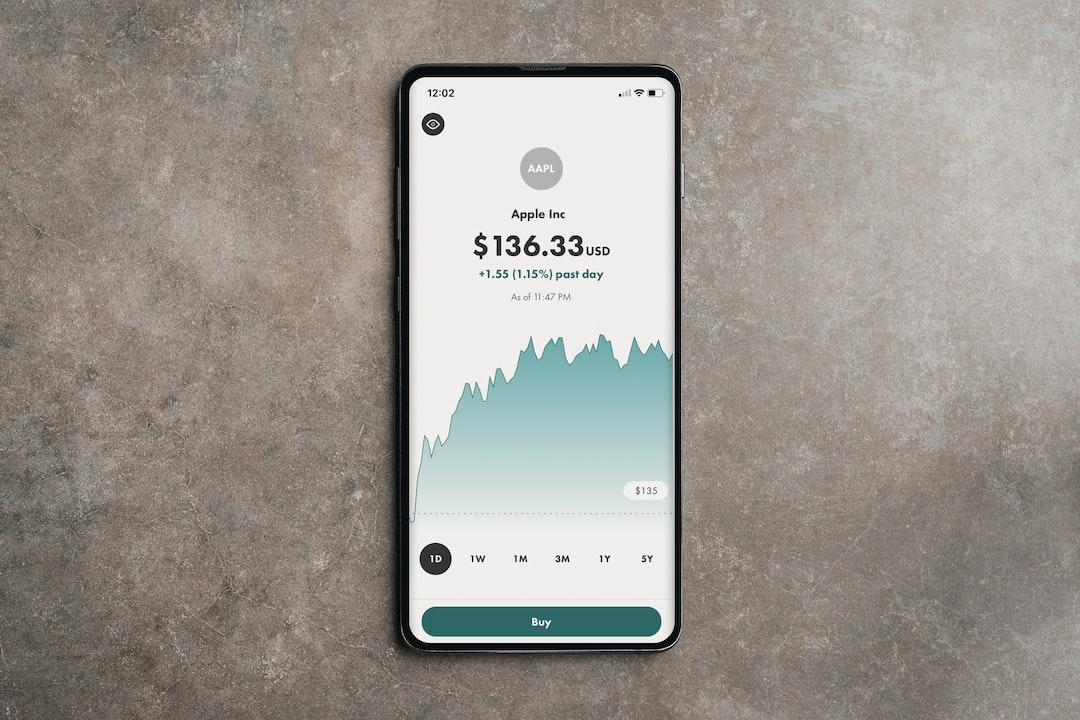Bitcoin (BTC) experienced a 2.5% increase on June 3, reaching $69,400. This sparked hope among investors that it could reclaim the $69,000 support level after an 11-day period. The rise in Bitcoin’s price coincided with a surge in the Bitcoin futures premium, which reached its highest level in seven weeks. This raises questions about the sustainability of Bitcoin’s rally towards $70,000.
Some analysts believe that Bitcoin’s recent price jump was partly influenced by GameStop’s impressive 36% rally. This surge in GameStop stock reminded investors of the anti-traditional finance sentiment seen earlier this year when retail investors challenged the status quo. This sentiment seems to have spilled over into the memecoin sector, as Floki gained 16.5%, Dogwifhat (WIF) 9%, and Bonk rallied 7.5%.
Furthermore, comments from Neel Kashkari, a Federal Reserve Bank official, have added to the uncertainty. Kashkari stated that he does not foresee a rate cut in the near future, citing Americans’ aversion to inflation. This stance, although not shared by all Fed officials, is seen as negative for the housing and stock markets. As a result, some investors are turning to alternative investments like Bitcoin.
Global geopolitical tensions have also played a role in Bitcoin’s recent price action. Australia’s decision to limit Chinese investors’ stakes in a rare earths miner has increased uncertainty in global markets. This move coincided with a 1% gain in gold and a sell-off in U.S. Treasuries, with the 5-year yield dropping from 4.59% to 4.42% on May 31.
The Bitcoin futures premium, which reflects the difference between monthly contracts in derivatives markets and the spot level on regular exchanges, indicates bullish sentiment when it is higher. The 3-month futures premium for Bitcoin rose to 15%, the highest level in seven weeks. This suggests a cautiously optimistic sentiment among traders, which is important to avoid liquidations during unexpected negative price swings.
To further understand the sentiment in the market, one should analyze the Bitcoin options 25% delta skew. This metric measures the relative demand for bullish and bearish options. A negative skew indicates a higher demand for call options (buy), while a positive skew suggests a preference for put options (sell). Currently, the 25% delta skew for Bitcoin options has remained stable near -3% over the past week, indicating that traders are neither overly optimistic nor pessimistic about Bitcoin’s short-term price movement.
Overall, the data points to a healthy Bitcoin market, with demand driven by various factors such as fear of recession, geopolitical uncertainty, and a resurgence of anti-traditional finance sentiment. Key metrics like the Bitcoin futures premium and the 25% delta skew suggest cautious optimism among traders, providing a stable foundation for further price gains above $70,000.
Disclaimer: This article is for general information purposes only and should not be taken as legal or investment advice. The views expressed here are solely those of the author and do not necessarily represent the views of Cointelegraph.

